An antenna is one of the crucial components of any communication and navigation system. Antennas are everywhere. It is the backbone of communication, wherever there is wireless communication there is an antenna.
An antenna is a transducer that converts an electrical signal into EMAG waves and vice-versa. Antennas can be used for both transmission and reception. Antennas are available in different forms such as Wire antenna, Microstrip Patch antenna, Log periodic antenna, Aperture antenna, Reflector antenna, Arrays, etc. for various applications.
The major challenge for any antenna design engineer is to ensure the resonant frequency and the impedance matching of the antenna. As the size, weight, and application of the antenna varies it has become a basic necessity to understand the antenna parameters and optimize it for a particular requirement.
Wire antennas are the most commonly used antenna for various applications such as automobiles, aircraft, ships, buildings, etc. One of the best examples of the wire antenna is the Monopole and Dipole antenna. The Monopole is a special example of the dipole antenna.
The dipole antenna consists of two identical conductive wires (elements) as shown in Fig1. The length of the half-wave dipole antenna should be less than or equal to λ/2 of the resonant frequency. The antenna is fed at the center with 73Ω input impedance.
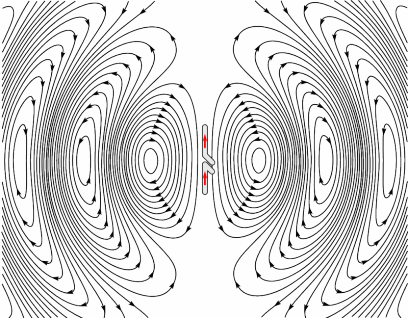
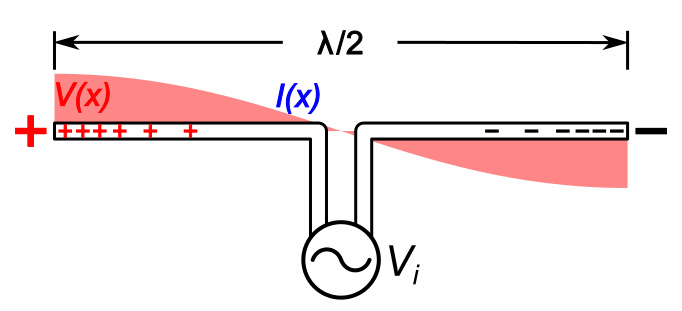
Antenna Design and Simulation using CST Studio Suite
The half-wavelength dipole antenna operating at 2.4GHz can be modeled as shown in Fig2. The parameters can be optimized based on the requirement and the simulation results. Fig. 3 and Fig.4 show the S-parameter and E-field phase animation of the dipole antenna. Fig. 5. Shows the 2D and the far-field 3D radiation pattern (Torus shaped) of the half-wave dipole.

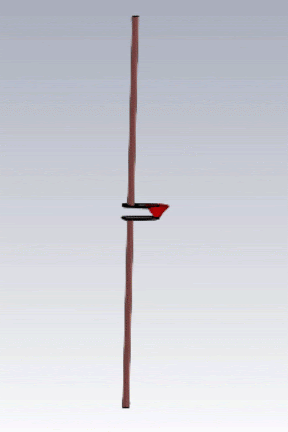
Fig2: Dipole antenna designed model

Fig.3: S11 result of a half-wavelength dipole antenna at 2.4 GHz.

Fig.4: E-field phase animation of dipole antenna at 2.4 GHz.
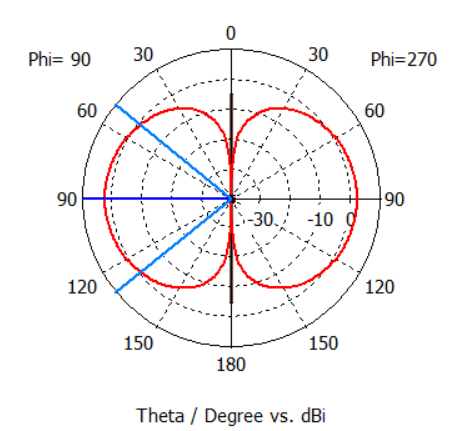
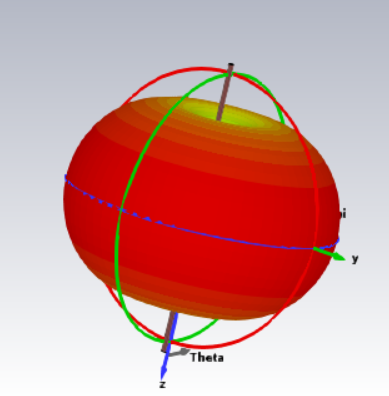
Fig.5: Radiation patterns of dipole antenna at 2.4 GHz.
Electromagnetic Simulation Software for Antenna
Different types of antennas for various applications can be designed, optimized, and analyzed using a CST Studio Suite. All the antenna parameters such as the resonant frequency, impedance matching, bandwidth, Gain, beam width, and polarization can be calculated and optimized using this software. Electro Magnetic Simulation helps to improve the efficiency of the product, ensures compatibility, guarantees the product performance in a complex and noisy EM environment, and also evaluates the reliability and safety of the products before committing to physical prototypes.
CST Studio Suite helps us to visualize the invisible electromagnetic wave propagation and the surface current distribution on the antenna. CST Studio Suite not only helps the designers to check the failure but also helps them to understand the cause of failure at a very early stage.


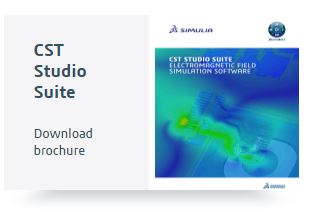


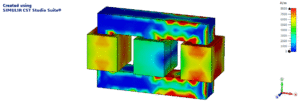
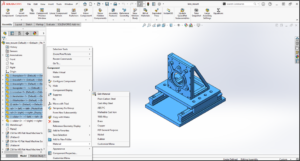
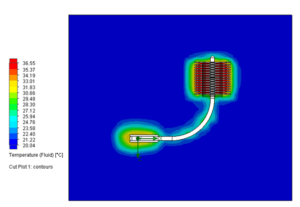



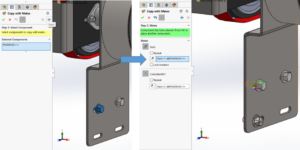
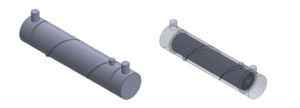
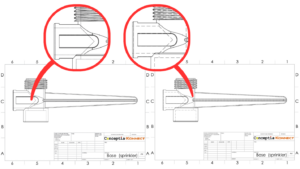

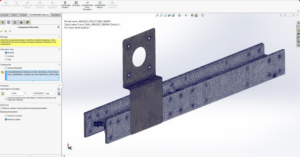
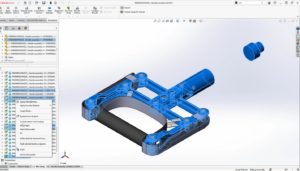
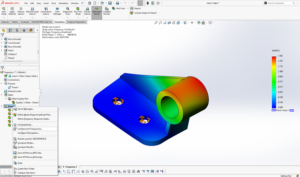
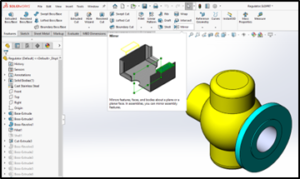


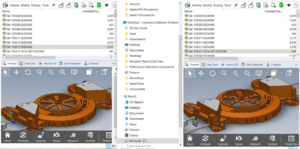
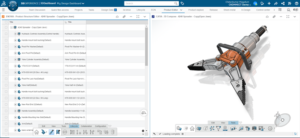



This is very informative. 3DEXPERIENCE Simulation is the futuristic solution
CST Studio Suite is a perfect solution for Electromagnetic Simulation and design
This Electro magnetic simulation using cst , blog is helpful
Good And useful content on cst simulation
Leave a comment